Icon™
Eine Multifunktions-Plattform, die eine umfassende Auswahl an gefragten Behandlungen bietet.
Bereit, Ihr schönstes Ich zu entdecken? Finden Sie eine Cynosure Praxis in Ihrer Nähe.
Finden Sie eine PraxisInnovative Technologie. Branchenführende Lösungen. Alles, um Ihre Praxis zu optimieren.
Eine Multifunktions-Plattform, die eine umfassende Auswahl an gefragten Behandlungen bietet.
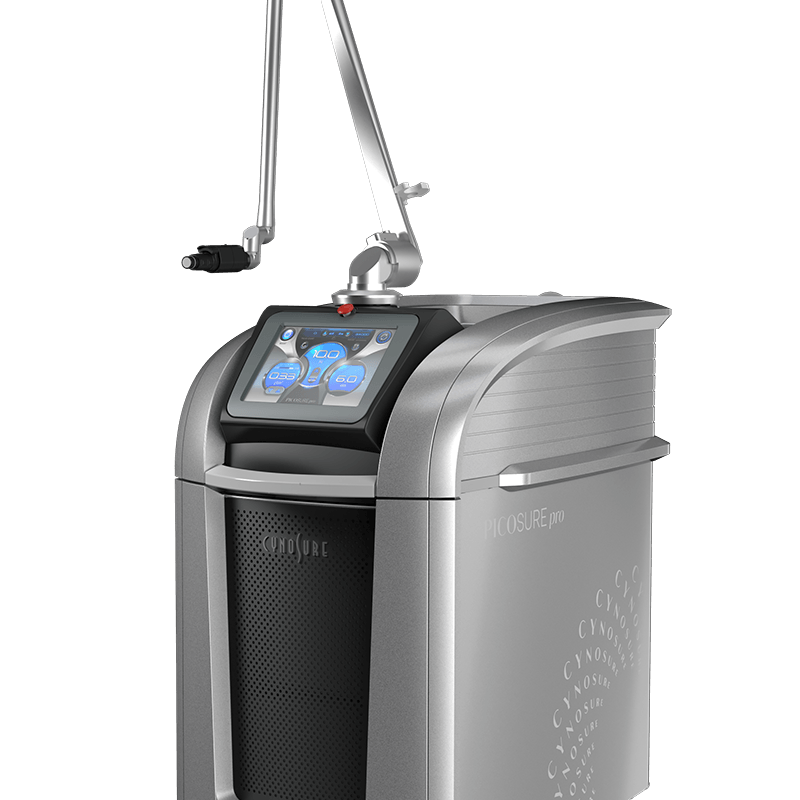
Ideal zur Behandlung von Pigmentstörungen und zur Hautverjüngung mit der zusätzlichen Möglichkeit der Tattooentfernung.
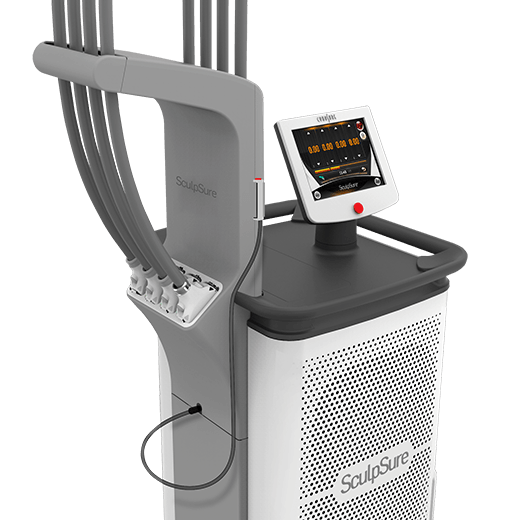
Weltweit erste von der FDA zugelassene Laserbehandlung zur nicht-invasiven Körper- und Kinnkonturierung.
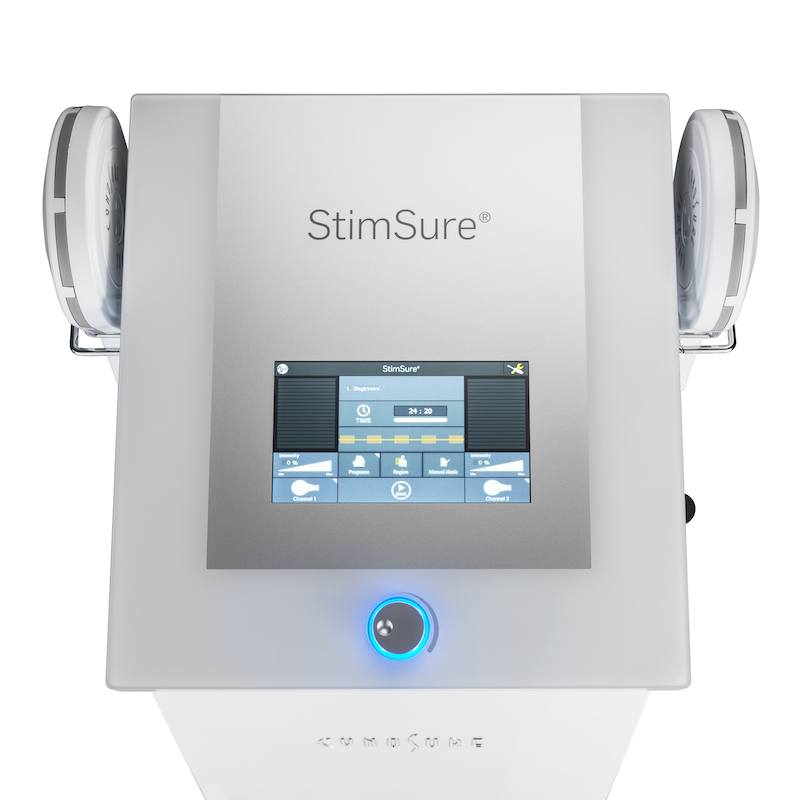
Modernste, nicht-invasive Technologie für Muskelaufbau und -kräftigung von Cynosure. Verhelfen Sie Ihren Patienten zu einem definierten Körper und mehr Selbstvertrauen.
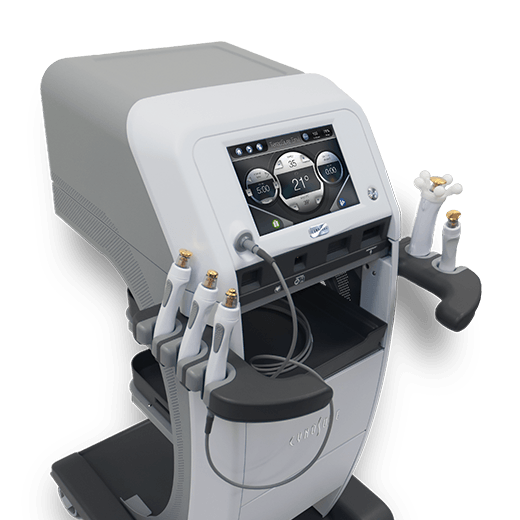
Unsere monopolare 300W-Radiofrequenz-Plattform zur Milderung von Falten, Behandlung von Cellulite und Hautstraffung durch Koagulation von Weichgewebe.
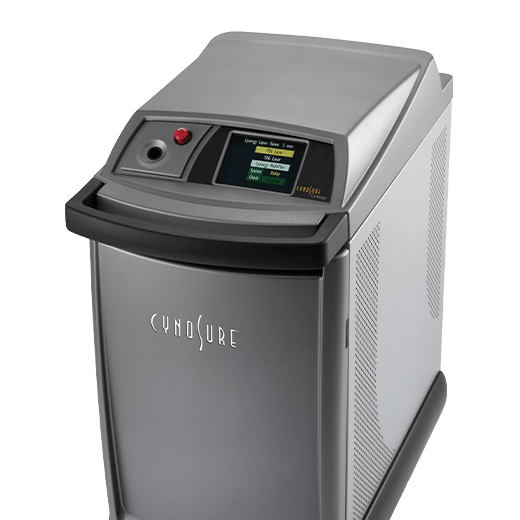
Der kombinierte Farbstoff- und Nd:YAG-Laser für effiziente vaskuläre Therapien.
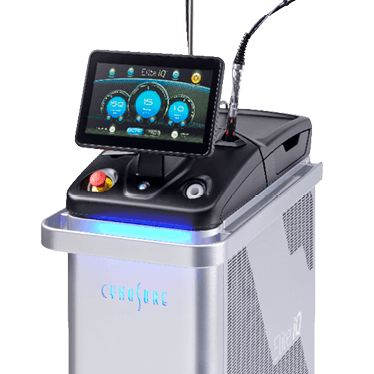
Moderne, vielseitige ästhetische Plattform mit zwei Wellenlängen für Haarentfernung, Gefäß- und Pigmentbehandlungen und Faltenreduzierung.
Eine Multifunktions-Plattform, die eine umfassende Auswahl an gefragten Behandlungen bietet.
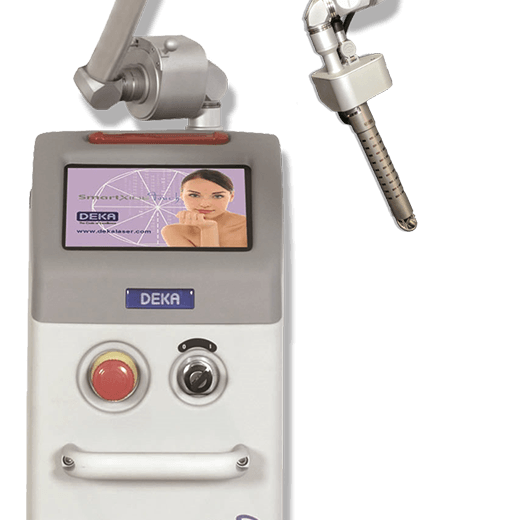
Moderne Lasertechnologie für die vaginale Gesundheit.

Ideal zur Behandlung von Pigmentstörungen und zur Hautverjüngung mit der zusätzlichen Möglichkeit der Tattooentfernung.
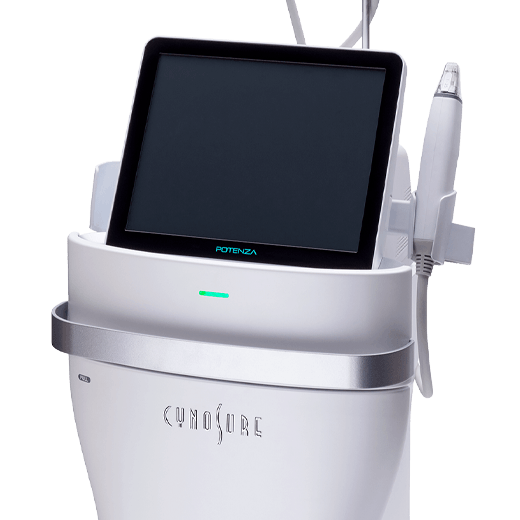
Das weltweit erste RF-Microneedling-System, das monopolare und bipolare RF bei 1- oder 2-MHz-Frequenzen in einem einzigen Gerät vereint.

Weltweit erste von der FDA zugelassene Laserbehandlung zur nicht-invasiven Körper- und Kinnkonturierung.

Modernste, nicht-invasive Technologie für Muskelaufbau und -kräftigung von Cynosure. Verhelfen Sie Ihren Patienten zu einem definierten Körper und mehr Selbstvertrauen.

Unsere monopolare 300W-Radiofrequenz-Plattform zur Milderung von Falten, Behandlung von Cellulite und Hautstraffung durch Koagulation von Weichgewebe.
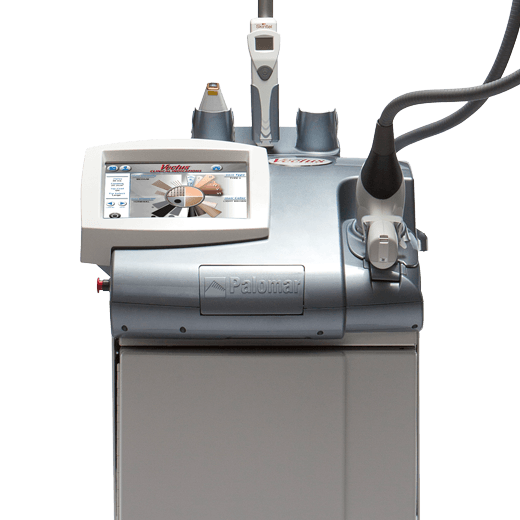
Eine zuverlässige und leistungsstarke Lösung für die großflächige Haarentfernung für jede Praxis
Ihr Erfolg ist unsere Priorität. Deshalb bieten wir Online-Support rund um die Uhr, komplette Marketing-Kits, Schulung und Weiterentwicklung sowie vieles mehr, damit Sie Ihre langfristigen Ziele erreichen.